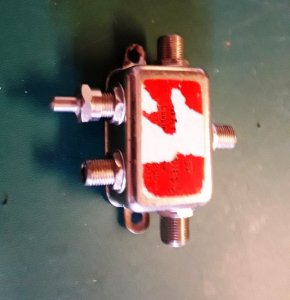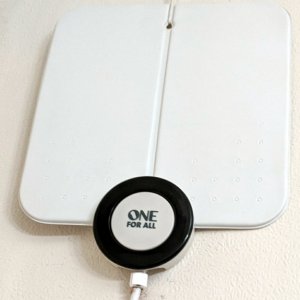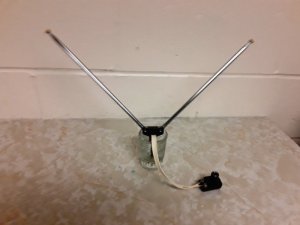Camper6
Well-known Member
- Location
- Northwestern Ontario Canada
A resistor in the line? That was from the good old days when they used twin lead to bring the signal in. The twin lead acted like an aerial on its own and caused ghosting and interference from whatever was running including any electrical motors around.I am using an indoor digital aerial as I am about 2 miles
from the large booster tower for South London, I also
have a little booster box that plugs in to the electricity.
Many years ago to cut down interference on a normal
rooftop antenna, we used to put 70 ohm resistors into
the line, maybe you could make one using a lamp holder
and a lamp but no electricity, put the aerial cable in the
main contact one and out the other to the TV set, try
different sizes of lamps/bulbs till you get a result
If nothing else it will give you something to do.
Mike.
The twin lead was 300 ohm resistance. The modern coax cable is 72 ohm. So maybe that's why the resistor worked as a filter. It's not needed now because the coax is 72 ohms and connects directly to the television set. It's called impedance matching. The coax cable is designed with interference rejecting capability. it's a copper core surrounded by shielding material. It's supposed to bring in the signal with much less loss.
The best way to cut interference is to use a high gain, directional antenna cut for the frequency of the channel you are trying to pick up. A Yagi antenna rejects any signals coming from the side. The stronger the signal, the less interference.
Attaching picture of cables . On the rightis the twin lead. You don't see it anymore. On the left is the coax cable now used. Notice the shielding.

Last edited:




